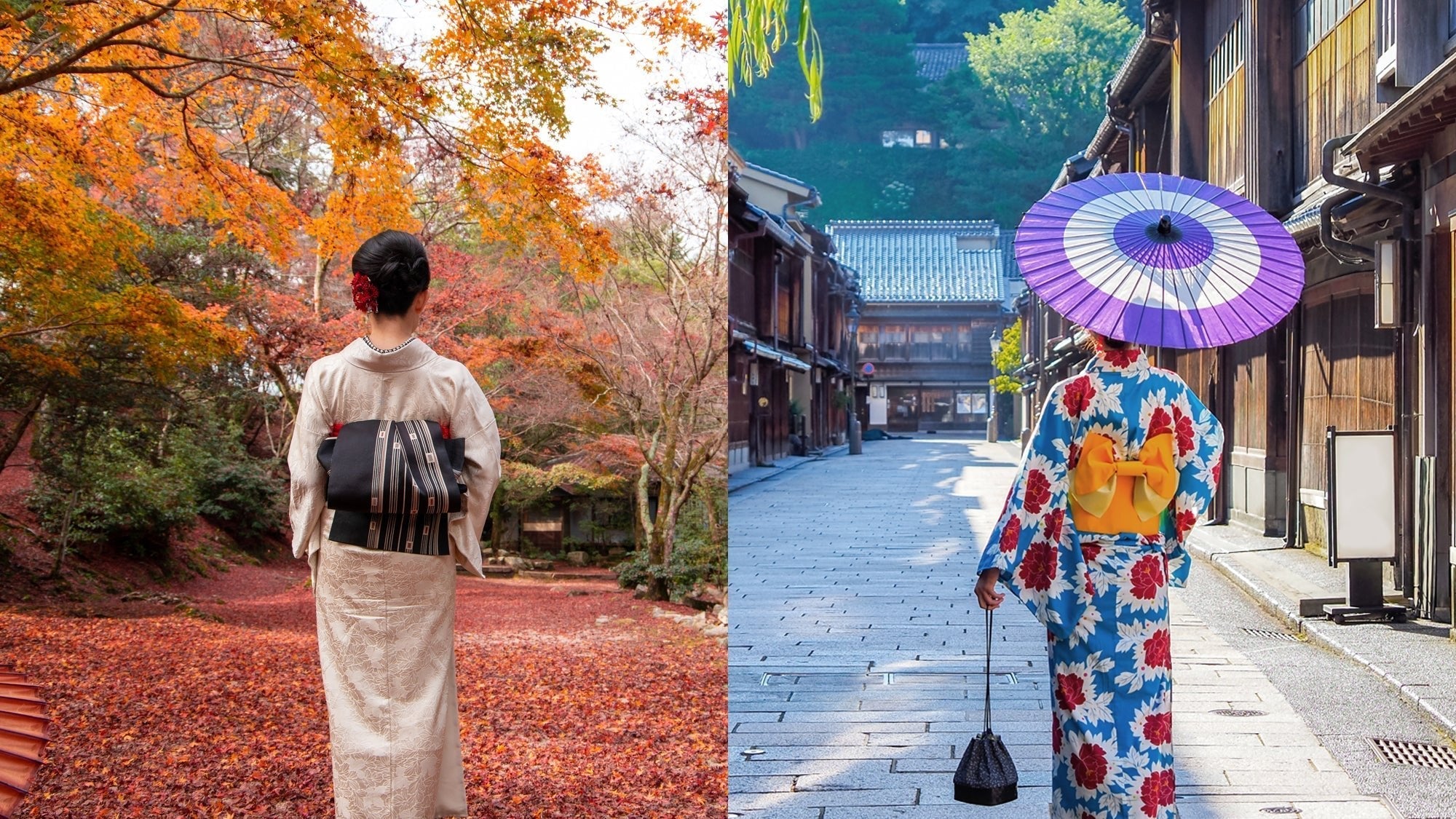
Understanding the Differences: Kimono vs Yukata
Written by Zhao Minyi
Japan's traditional attire has fascinated the world for centuries, with the kimono and yukata standing out as iconic symbols of Japanese dress culture. While both garments embody grace and sophistication, they also serve distinct roles in Japanese life and culture.
As a traditional Japanese garment, the kimono is not just clothing but also a cultural emblem. Despite the influx of Western culture following the Meiji Restoration (1868 CE), and the high cost and specific storage requirements of kimono, they remain a cherished part of Japanese heritage. Even today, people in Japan wear kimono for significant occasions and don yukata during specific seasons. This enduring tradition has been carefully preserved and passed down through generations.
Join us as we unravel the rich tapestry of traditions behind the kimono and yukata, exploring their distinct roles in Japanese life and culture.
Table of Contents
What is Kimono
All the young participants wear meticulously chosen, elaborate kimono called furisode, while their parents also dress in equally beautiful, though differently styled, kimono. Since then seeing everyone adorned in traditional attire sparked a deep curiosity in me about the kimono.

Let’s begin by exploring the history of kimono.
The kimono, also known as gofuku, has a rich history that traces back to clothing from the Kingdom of Wu in southern China around the mid-3rd century, hence the name gofuku, literally "clothing of Wu." During the Asuka (538 CE–710 CE)and Nara periods (710 CE–794 CE), Japan was heavily influenced by China’s Tang Dynasty, which shaped various aspects of Japanese culture, including fashion.
The earliest form of kimono, known as kosode or "small sleeves," featured small sleeve openings and was primarily developed among commoners. During this time, a clear class system emerged: the ruling class wore restrictive garments that covered their limbs and hindered movement, while the kosode was adopted for its practicality in labor.

The term "kimono" itself first appeared in the Kamakura (1185 CE–1333 CE) and Muromachi periods (1336 CE–1392 CE). As kosode with longer sleeves, known as tamoto, became more common, and thus garments with tamoto were referred to as "kimono."
During the Edo period (1603 CE–1868CE), strict regulations on the materials and colors of kimono based on social status became prominent, clearly distinguishing the attire of different classes.
After more than a thousand years of development, the kimono has diversified into various types. Since women’s kimono has more variations in colors, patterns, and styles compared to men’s, this section will focus on the different types of women’s kimono and the occasions they are worn. Kimono for women can be classified into four levels based on the formality of the occasion: formal attire, semi-formal attire, outwear, and casual wear.

Formal Attire includes:
Kurotomesode: Worn primarily by mothers and grandmothers of the bride and groom at wedding receptions. This kimono is traditionally black, with luxurious gold or silver obi, sash, and features family crests, kamon in five places: the back, both chest areas, and both sleeves. It is adorned with patterns only at the hem.
Furisode: The most formal kimono for unmarried women, typically worn at Seijinshiki and wedding receptions. These kimono are decorated with elaborate and vibrant patterns made from silk or wool.
Kuromontsuki : Worn at funerals. Both the kimono and the obi are black, and the fabric is matte with five family crests.

Semi-formal attire are less formal than first-level attire but still appropriate for respectful occasions.
Irotomesode: Similar in design to kurotomesode but available in various colors like pink or light blue, adding a cheerful touch to celebratory events.
Houmongi and Iromuji: These kimono are suitable for formal visits or social gatherings, often featuring subtle patterns and elegant designs.
Komon: Characterized by repeating patterns dyed using stencils. These kimono are perfect for everyday outings and can be stylish yet casual.

Casual wear includes:
Tsumugi: Made from yarn dyed before weaving, known as predyed, resulting in unique patterns. Lightweight and durable, tsumugi kimono are ideal for various occasions such as reunions, theater visits, art museum tours, and shopping.
Yukata: A casual summer kimono made from cotton or synthetic fabric, often worn at festivals and casual summer events.

Even as modern life evolves, the kimono retains its place in significant moments and celebrations, bridging the past with the present. Its meticulous craftsmanship and symbolic patterns continue to captivate both those who wear it and those who admire it from afar.
Many modern kimono are inherited from mothers or older relatives, reflecting the unique aesthetics of their era. These kimono, meticulously cared for over decades, not only showcase exquisite craftsmanship but also convey a sense of love and emotional connection passed down through generations.
What is Yukata
From our introduction to kimono, we learn that the yukata is actually a type of kimono.
The origins of the yukata date back to the Heian period (794 CE–1185 CE), when nobles wore a garment called yukatabira, made of hemp, while taking steam baths. This early form of the yukata was used to absorb sweat, prevent burns from steam, and cover the body.
In the Muromachi period (1336 CE–1573 CE), this garment became known as minugui and was primarily used for absorbing sweat and drying off after steam baths.
By the mid-Edo period (1603 CE–1868 CE), the yukata evolved into a form similar to what we know today. It became an attire for short outings and also served as sleepwear. Edo period yukata were mainly made of cotton, dyed white with blue patterns, and gained popularity alongside the development of town culture. The material shifted from predominantly hemp to cotton.
The widespread adoption of yukata as casual summer wear across Japan began in the Meiji period (1868 CE–1912 CE).
Nowadays, during summer fireworks festivals and various events in Japan, you'll see people of all ages and backgrounds wearing beautifully colored yukata. Especially at fireworks festivals, with the sky lit up by dazzling displays, the sight of people in their vibrant yukata can make you feel like you've stepped into the world of Japanese manga.

collection_items/tnm/A-11466?locale=ja)/Modified from original

Yukata are typically worn in the summer due to their lightweight material and simpler wearing method compared to other types of kimono. With advancements in dyeing techniques, yukata now come in a variety of colors and patterns, making them especially popular among young people and foreign tourists.
The Differences between Kimono and Yukata
Having explored the history and classifications of Kimono and Yukata, let's delve deeper into their specific differences.
Purpose
Kimono
Kimono are suitable for both formal and informal occasions. They are often worn at weddings, tea ceremonies, and other important events, symbolizing dignity and formality. Whether attending a grand celebration or a formal social event, a Kimono is the preferred choice.

Yukata
Yukata are primarily used for informal occasions, especially during the summer. They are commonly worn at summer festivals, fireworks displays, and for post-bath relaxation, offering a casual and convenient clothing option.

Season
Kimono
Kimono can be worn year-round, suitable for both winter and summer. In winter, they can be layered for warmth, while in summer, lighter materials are chosen to stay cool.
Yukata
Yukata are specifically designed for the summer season. Their breathability and lightness make them ideal for hot weather, providing a cool and comfortable wearing experience.
Material
Kimono
Kimono are typically made from high-quality materials such as silk, cotton, and linen. Silk kimono are elegant and formal, perfect for significant events, while cotton and linen are used for more casual, everyday kimono.

Yukata
Yukata are mainly made from cotton or polyester. These materials are lightweight and breathable, making them perfect for summer wear, ensuring the wearer stays refreshing.

Accessories
Yukata
Wearing a kimono typically involves multiple accessories, including an obi "belt," tabi "socks," zori "sandals," and a juban "undergarment." The dressing process is complex and requires careful coordination and skill.

Yukata
Yukata accessories are simpler, usually only requiring an obi and geta, wooden clogs. The dressing process is relatively straightforward, and usually doesn’t require a juban.

Wearing Method
Kimono
The process of wearing a kimono is intricate, involving multiple layers and precise obi tying, often requiring professional assistance to ensure it is worn correctly.

Yukata
Yukata are much easier to wear, and can typically be put on without assistance. The simple obi tying method makes them suitable for everyday use.

Kimono and Yukata differ significantly in their purpose, seasonality, materials, accessories, and wearing methods. Each reflects different aspects of Japanese culture and lifestyle. But both represent the traditional elegance of Japanese attire.

In our journey through the world of kimono and yukata, we've seen how these traditional garments reflect the elegance and deep-rooted cultural values of Japan. Despite the changing times and the influence of modern fashion, both kimono and yukata have adapted while maintaining their core essence. Whether you’re exploring Japan or simply appreciating its traditions from afar, the kimono and yukata invite you to celebrate the artistry and history they represent.
Thank you for joining us in exploring the captivating story of these iconic garments. We hope this glimpse into the world of kimono and yukata inspires you to delve deeper into Japan’s deep cultural traditions.


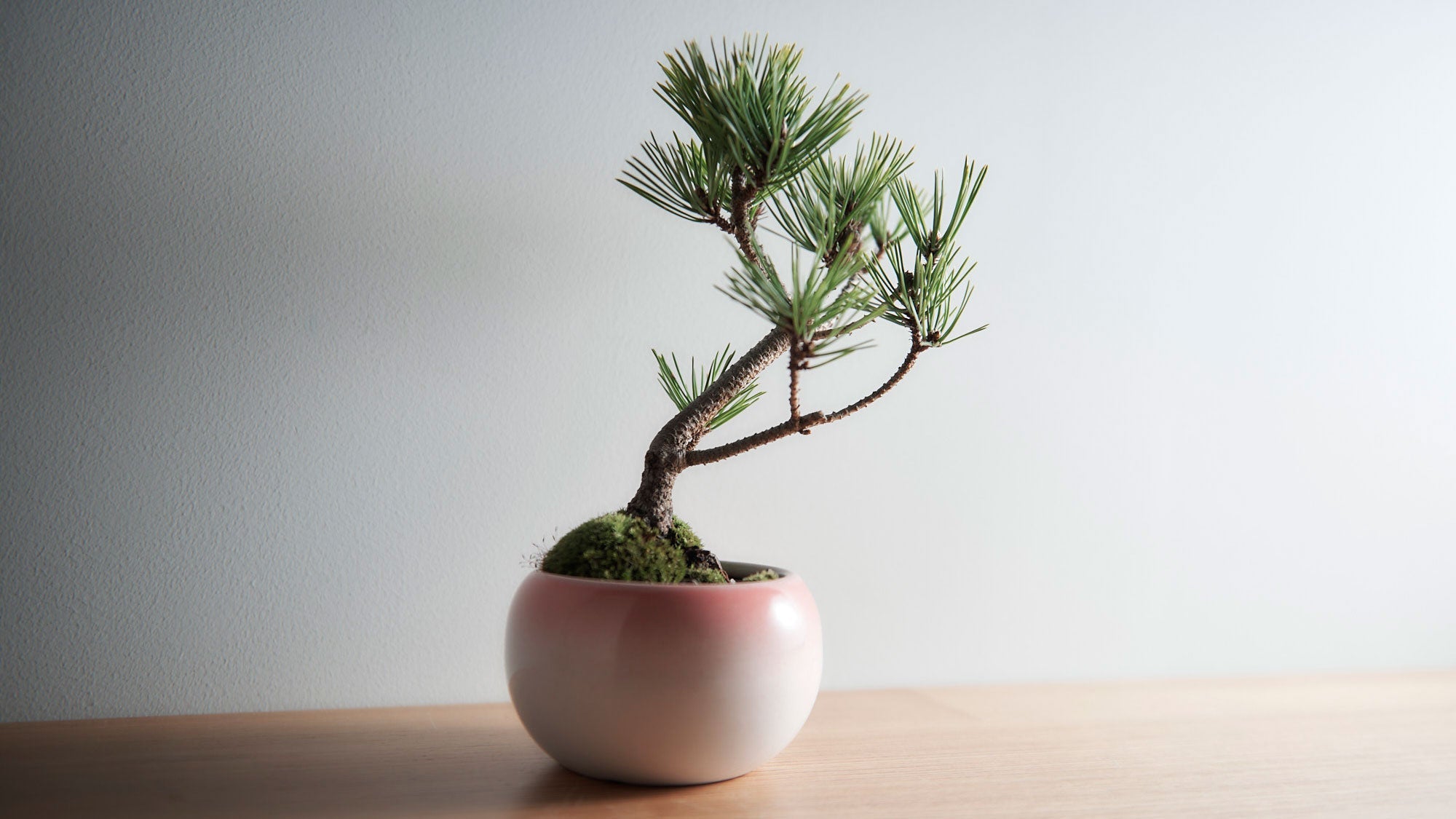
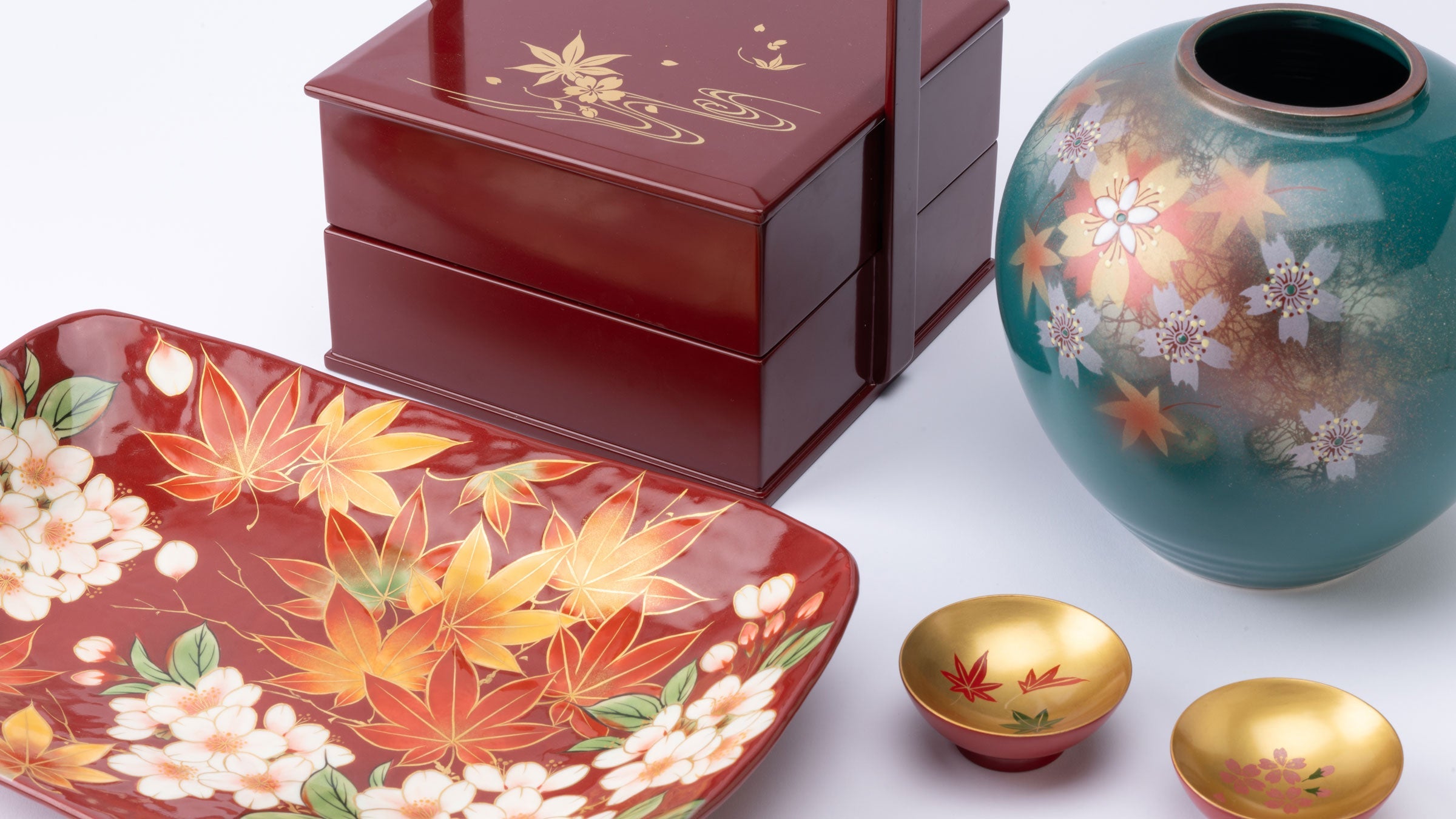
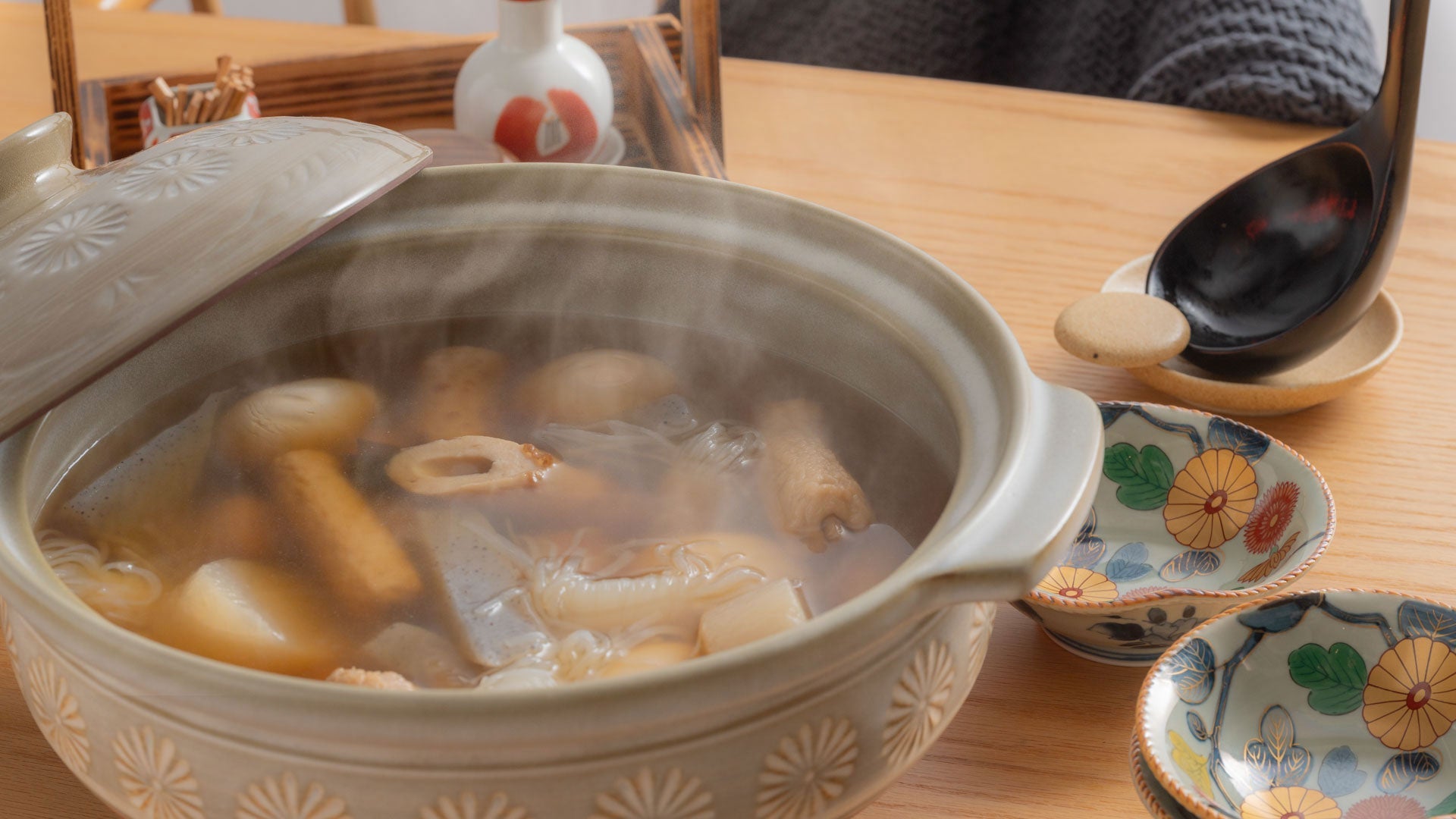
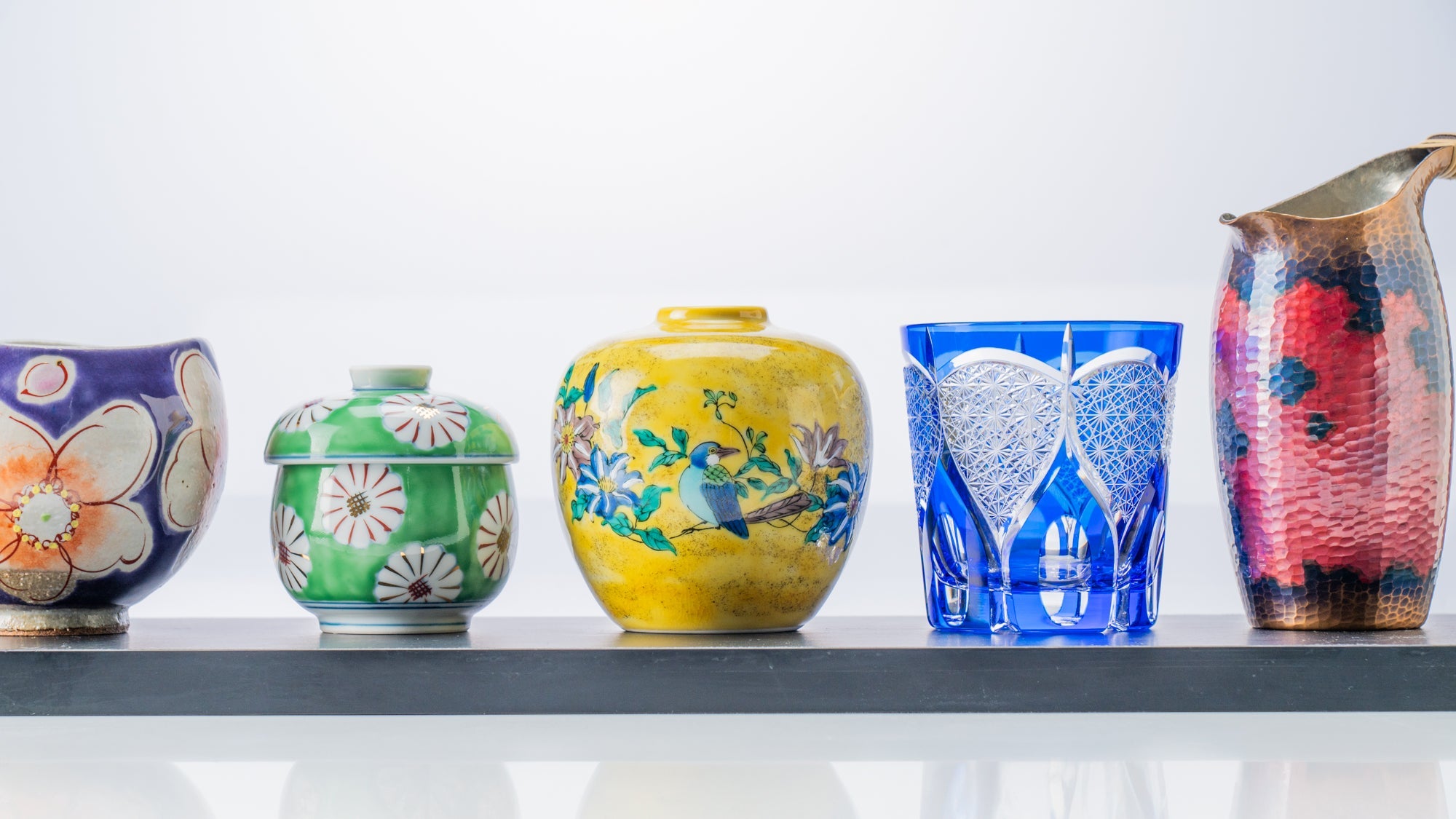


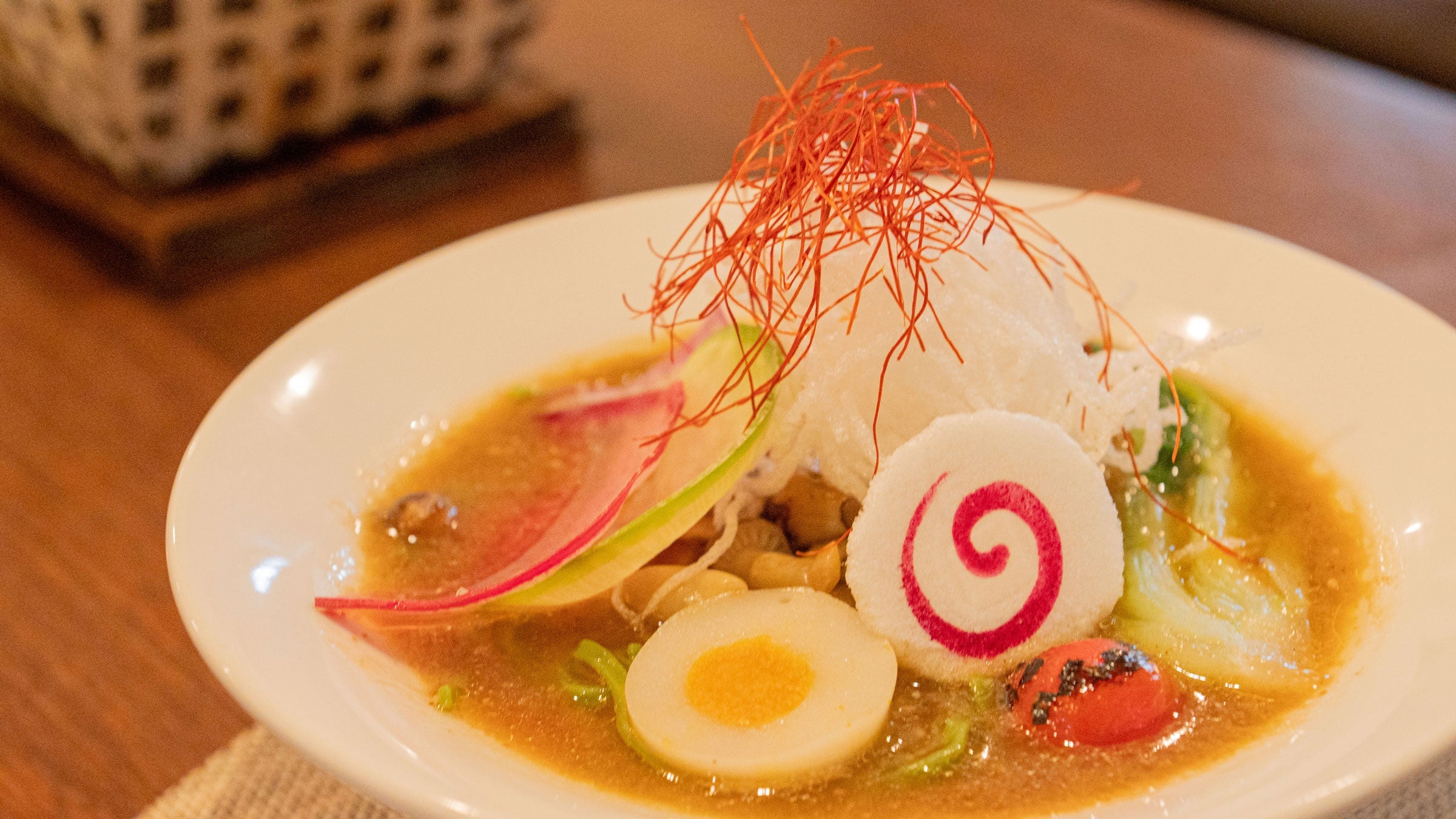
Leave a comment
This site is protected by hCaptcha and the hCaptcha Privacy Policy and Terms of Service apply.